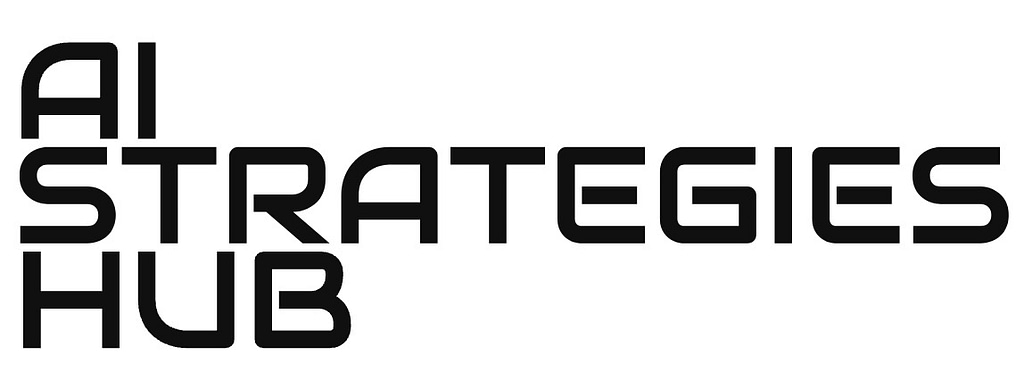Embarking on an AI transformation journey can be both exhilarating and daunting. Whether you’re an individual or a corporation, the road to AI mastery is filled with opportunities and challenges. In this article, we’ll delve into:
- The significance of taking the first step in your AI journey.
- The roles and responsibilities of AI teams in complex projects.
- Strategies for executing a successful AI transformation in your company.
The First Step is the Hardest, But You’ve Already Taken It
If you’re reading this article or have enrolled in an AI course, congratulations! You’ve already taken the most crucial first step towards AI transformation. The journey may seem overwhelming, but remember, every long journey begins with a single step.
Learning with a Community
Don’t go it alone. Involve your colleagues or friends in your learning process. Create a study group, share resources, or even take an online course together. The collaborative approach not only makes the learning process enjoyable but also provides different perspectives that can be invaluable.
Building and Managing AI Teams
Creating a smart speaker or a self-driving car isn’t a one-person job; it requires a large and skilled AI team. Understanding the roles and responsibilities within these teams is crucial for the project’s success.
Starting Small
You don’t need to assemble a large team right away. Start with a small, talented group of machine learning or data science experts. As your project gains traction, you can consider expanding the team and even appointing a senior AI leader like a VP of AI or Chief AI Officer.
Crafting Your AI Transformation Playbook
Transforming a great company into a great AI company is a marathon, not a sprint. It may take years, but the rewards are well worth the effort.
Engaging Leadership
If you’re serious about AI transformation, it’s crucial to get buy-in from the top. Discuss the potential benefits and long-term value of AI with your CEO or Board. Pose the question: “Would our company be more valuable or effective if we excelled in AI?” If the answer is yes, it’s time to start planning your AI transformation strategy.
Scaling Your Efforts
Once you’ve achieved some initial successes, consider scaling your efforts. This could mean hiring more experts, investing in in-house training, or even acquiring startups with the AI expertise you lack.
The Tools at Your Disposal
After reading this article, you’re armed with the concrete tools needed to make informed decisions about AI. Whether you’re technical or non-technical, you can contribute to your company’s AI journey.
Optional Learning Resources
For those who wish to delve deeper, there are additional resources available that cover major AI application areas like Computer Vision, Natural Language Processing, Reinforcement Learning, and Unsupervised Learning. These resources may be more technical but will enable you to communicate more effectively with AI engineers1.
Conclusion
AI transformation is a complex but rewarding journey. By taking the first step, building a competent team, and crafting a well-thought-out strategy, you can significantly impact your company’s future and your personal growth in the AI space.
For insights and pitfalls in AI-driven transformation, read this Forbes article.


